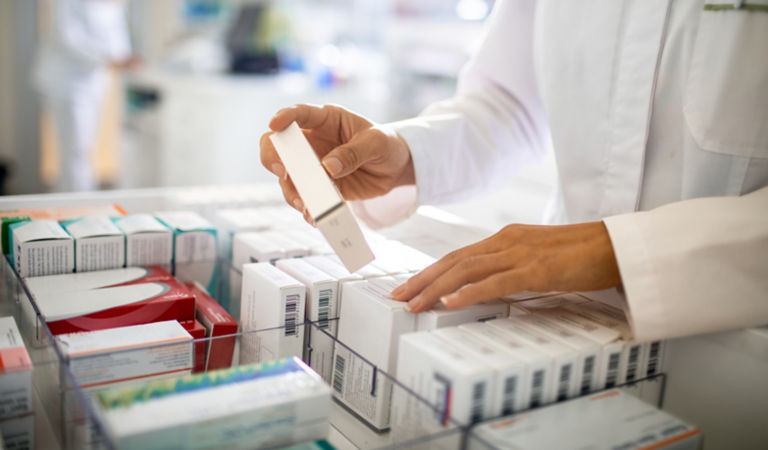Innovation inspiring optimism
Broadly, one of the reasons we’re so optimistic about the investment potential of the health care sector is the level of innovation in this space. Both research and development capabilities and industry output are improving. New, first-in-class drug approvals are evidence of this output.
This output has ticked up recently thanks to smarter drug discovery and development. Tools like machine learnings and structural biology have helped shorten early development timelines in the drug industry. Clinical development has sped up as well, with better industry participant decision making. The approval process has also become shorter for certain diseases with high unmet needs.
What’s more, there are new platforms, such as genetic medicine, that enable more effective drug development. Genetic medicine, which includes gene therapy, gene editing, and RNA therapy, is a novel platform that opens the door to a whole suite of possibilities that didn’t exist in the not-so-distant past. On top of this, general advances in automation, robotics, and digitization will enable transformative innovation for years to come. These improved development processes have given way to exemplary new drugs, treatments, and research for three critical medical needs: diabetes and obesity, Alzheimer’s disease, and cardiology.
Diabetes and obesity
In the past year, a new class of injectables that lead to safe weight loss of as much as 20% of body weight were approved to help treat obesity and diabetes. This is unprecedented and suggests long-term revenue potential in the pharmaceutical industry. Looking ahead, what could create even greater revenue potential is an equivalent drug in oral form. Right now, there’s a dramatic mismatch of supply of these injectables and demand. Injectables are currently dispensed weekly through disposable pens, but given the large patient population requiring this drug, this weekly dosage creates challenges in scaling supply to meet demand. It’s a complex manufacturing challenge, but an oral form of this drug could unlock this market more effectively.
Advancements in diabetes and obesity treatment go beyond drugs. Insulin pumps that regulate insulin have improved, and perhaps even more importantly, can now interface with continuous glucose monitoring devices with algorithms that control insulin dosing based on sensor feedback.
Alzheimer’s disease
There’s also been a recent approval for the first significant, disease-modifying drug to help treat Alzheimer’s disease. This drug clears plaque, a process which has been shown to slow the rate of cognitive decline. We see this as a critical milestone and positive anticipatory sign for the future of Alzheimer’s drugs. Notably, there are other potential disease-modifying drugs currently in clinical development that we believe could help address the significant unmet needs of Alzheimer’s patients.
Cardiology
There’s also been innovation in cardiology. Breakthrough drugs for rare cardiovascular diseases have been introduced, and for the first time in a decade, better drugs for lowering cholesterol and treating high blood pressure are available.
Not only have drugs improved, but so have surgical possibilities. Lately there have been incredible advances in heart valve repair and replacement. Progress we’ve seen in trans-aortic valve replacement is starting to expand into bicuspid valves, which could be a tailwind for the next five to 10 years, at least.
As these new, innovative drugs are more widely used, we’ll monitor the longer-term effects and keep an eye on any relevant developments among insurance providers. For example, currently, neither Medicare nor several private insurance providers cover obesity drugs. This could inhibit the revenue potential of these new drugs unless policies change.
Overall, while the health care sector has an impressive historical track record, given these new innovations, we are particularly optimistic about its growth potential and the possibility of compelling future returns.















